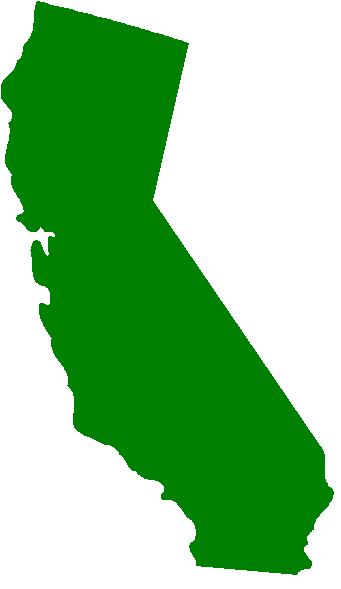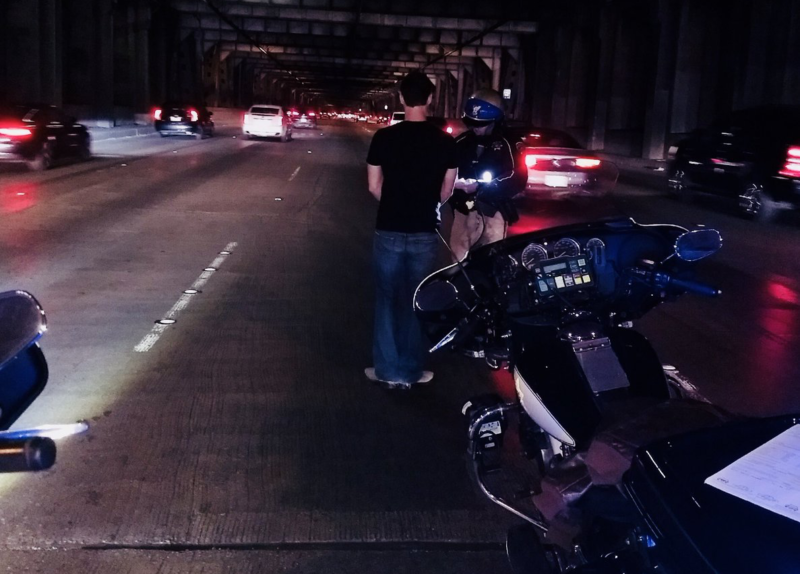Dui Policy In California
The Department of Health Care Services (DHCS), Substance Use Disorder Compliance Division, Druving-Under-The-Influence (DUI) Unit, licenses and performs compliance monitoring on all DUI programs in California. The objectives of the DUI program are to reduce the number of repeat DUI offenses by persons who complete a state-licensed DUI program; and to provide participants an opportunity to address problems related to the use of alcohol and/or other drugs.
Contents.Overview Like every other state, has a 'per se' BAC limit of 0.08% pursuant to California Vehicle Code Section 23152(b); and based on the aforementioned federal legislation, a lower limit of 0.04% for drivers holding commercial drivers licenses. California also has a limit of 0.01% for drivers who are under 21 or on probation for previous DUI offenses pursuant to California Vehicle Code Sections 23136 and 23140.
California also makes it illegal for persons who are on probation for a DUI conviction to drive with a blood or breath alcohol concentration of 0.01% or greater pursuant to Vehicle Code Section 23154. While the existence of a BAC of 0.01% or greater may not always result in prosecution for driving under the influence, it will subject such drivers to a one or two-year suspension through an administrative action by the California Department of Motor Vehicles. If that same person has a BAC of 0.08% or greater, it will prompt what is referred to as a 'dual action', meaning a suspension for driving with a BAC of 0.08% or greater and a suspension for driving with a BAC of 0.01% or greater while on DUI Probation.In California, in Mercer v.

DMV (1991) 53 Cal.3d 753, the California State Supreme Court contrasted the term 'drive,' commonly understood to require volitional movement of the vehicle, with the term 'driver,' defined in California Vehicle Code § 305 as one who is either driving or in actual physical control. The court pointed out that the phrase 'actual physical control' does not appear anywhere in the drunk driving offense statutes.
Further, the court noted that since 'driver' is defined as one who drives or is in actual physical control, the two terms (drive vs. Actual physical control) must have different meanings.
Construing these penal statutes strictly, rather than broadly, as is required by Keeler v. Superior Court of Amador County (1970) 2 Cal.3d 619, 631, the court held that mere actual physical control is not enough to constitute driving. Therefore, the term: 'drive', at least for purposes of the drunk driving statutes, requires volitional movement of the vehicle. In coming to this conclusion, the California Supreme Court held that in everyday usage the phrase, 'to drive a vehicle,' is understood as requiring evidence of volitional movement of a vehicle.

Numerous dictionary definitions-including Webster's Third New International Dictionary (1981), cited by the Court of Appeal in the case that led to the California Supreme Court's review of this case, support a definition of 'drive' that includes movement. (See, e.g., Id., at p. 692.) fn. California Legislative Information. California State Legislature. Retrieved 7 January 2018. ^. Department of Motor Vehicles.
State of California. Retrieved 17 March 2018. Retrieved 2016-03-03. California Department of Motor Vehicles. Retrieved 1 August 2017. Burglin, Paul; Simons, Barry. James Education Center.
James Publishing. Retrieved 1 August 2017. Administrative Office of the Courts. State of California. Retrieved 17 March 2018. ^ (PDF).
Mobile climate control model 216 electrical wiring system. Superior Court of the State of California. County of Alameda.
Dui Policy In California State

Retrieved 17 March 2018.External links Wikimedia Commons has media related to.